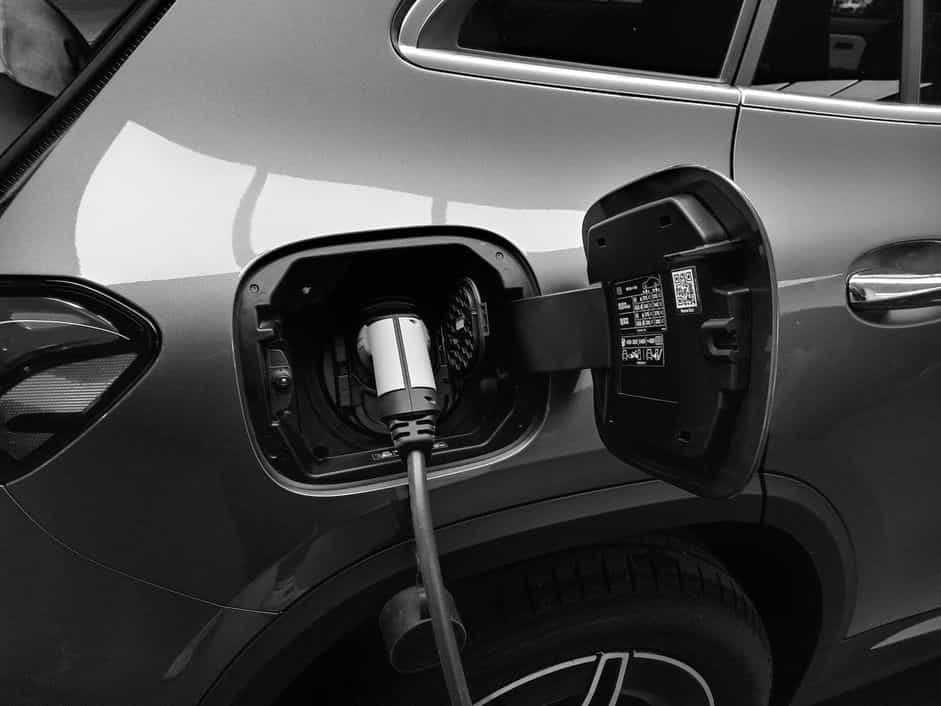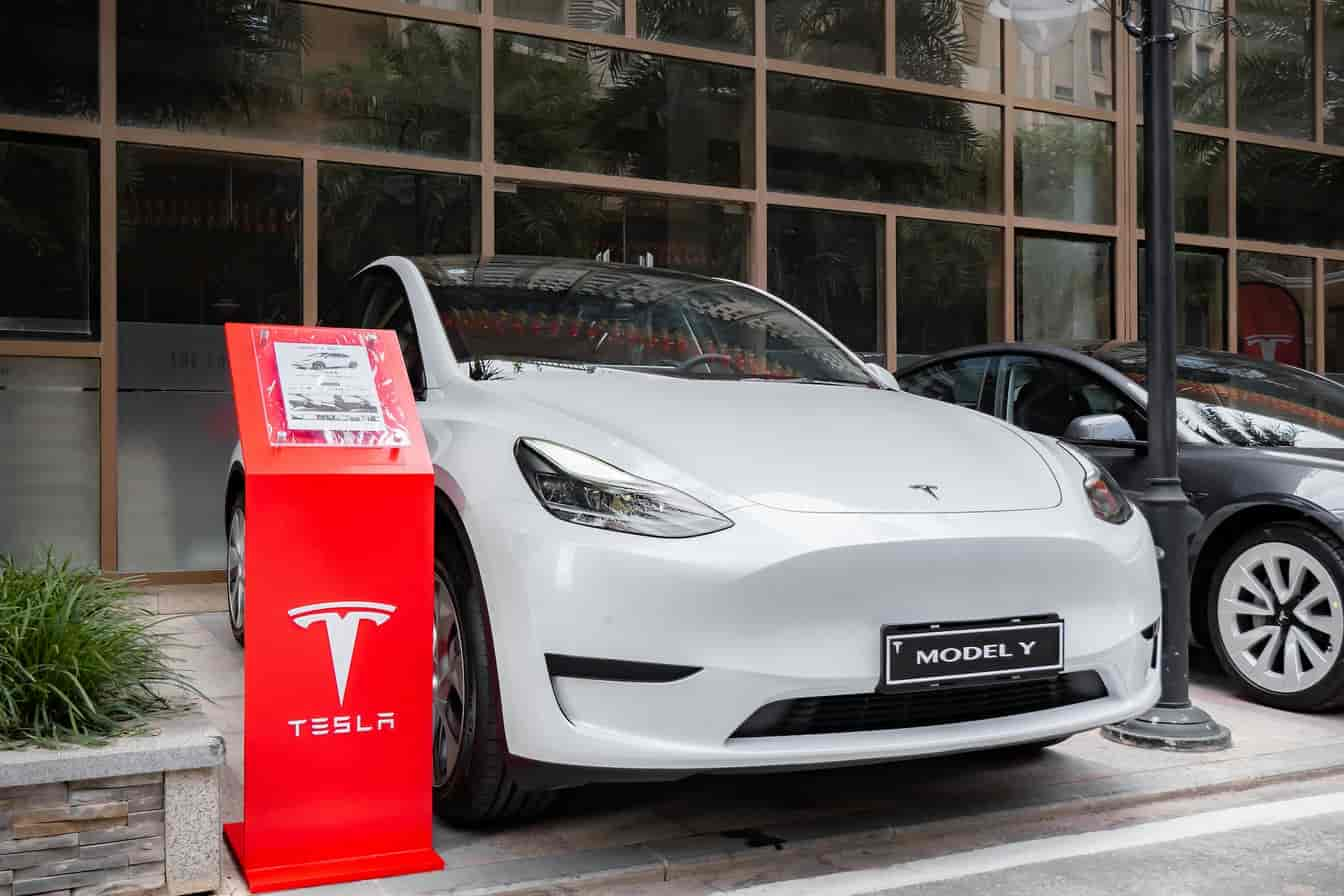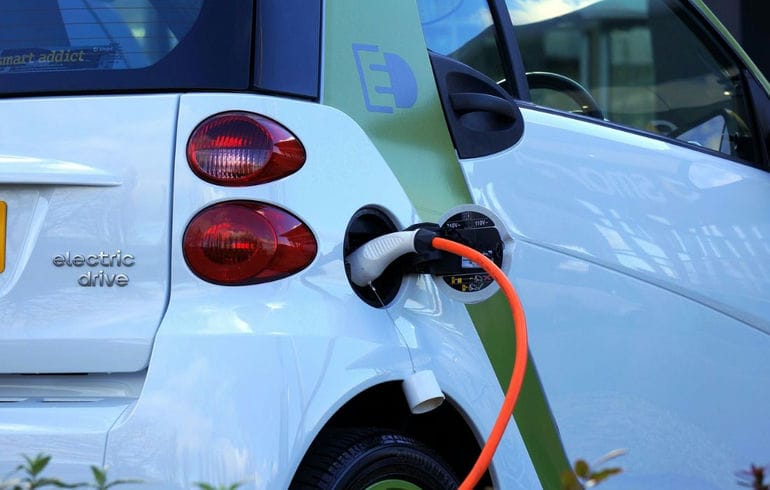Electric cars have become increasingly popular in recent years, with many people opting to switch from traditional gasoline-powered cars to electric ones. Many factors are driving this trend, including concerns about climate change, rising gas prices, and advancements in technology.
If you’re considering making the switch to an electric car, there are some important facts that you should know, stay with me cause In this article, we’ll cover some of the key things you should keep in mind as you research electric vehicles.
First, it’s important to understand the different types of electric cars available. There are fully electric cars, which run entirely on battery power, as well as plug-in hybrids, which combine battery power with a traditional gasoline engine. Understanding the pros and cons of each type can help you make an informed decision about which is right for you.

Another key factor to consider when thinking about electric cars is charging infrastructure. While there are more and more charging stations popping up around the country, it’s still important to make sure you have access to charging options in your area before making the switch to an electric car.
Furthermore, it is critical to comprehend the costs connected with electric vehicles. While the automobiles themselves may be more expensive than standard gas-powered vehicles, the long-term savings on fuel expenditures can more than offset the initial investment. Yet, with many states offering incentives to electric vehicle purchasers, the cost difference may not be as substantial as you believe.
By understanding these and other key facts about electric cars, you can make an informed decision about whether an electric car is right for you. So if you’re considering making the switch, start doing your research and get ready to join the growing community of electric car drivers.
What Makes Electric Cars Special
Electric cars are special for several reasons. Here are some of the most notable features that make them stand out:
- Zero Emissions: Electric cars produce zero emissions, making them much more environmentally friendly than traditional gas-powered cars. This is because they run on electricity, which can be generated from clean, renewable sources like wind, solar, or hydropower.
- Lower Cost of Ownership: Although the initial cost of an electric car can be higher than a traditional gas-powered car, the cost of ownership over time is typically lower. This is because the cost of electricity is generally lower than gasoline, and electric cars require less maintenance than gas-powered cars.
- Quiet and Smooth: Electric cars are incredibly quiet and smooth to drive. Since they don’t have an internal combustion engine, there’s no revving or rumbling noise, and the power delivery is immediate and smooth.
- High Efficiency: Electric cars are more energy-efficient than traditional gas-powered cars. They can convert up to 60% of the electrical energy from the grid to power at the wheels, compared to only 20% to 25% for gasoline-powered cars.
- Convenient Charging: With the increasing availability of charging stations, electric cars are becoming more convenient to charge. You can charge your car at home, work, or public charging stations, and some models have fast-charging capabilities that can give you an 80% charge in as little as 30 minutes.
- Innovative Technology: Electric cars are at the forefront of automotive innovation, with advanced features like regenerative braking, which captures energy when you brake and uses it to recharge the battery, and sophisticated computer systems that optimize power delivery for maximum efficiency.
Types of Electric Cars

There are three main types of electric cars: Battery Electric Vehicles (BEVs), Plug-in Hybrid Electric Vehicles (PHEVs), and Hybrid Electric Vehicles (HEVs). There are also other types of electric cars in development or already on the market, such as hydrogen fuel cell vehicles (FCVs) that use hydrogen to power an electric motor, and extended-range electric vehicles (EREVs) that have a gasoline engine that generates electricity to power the electric motor when the battery is depleted. However, these types of electric cars are less common than BEVs, PHEVs, and HEVs.
1. Battery Electric Vehicles (BEVs)

Battery Electric Vehicles (BEVs) are a type of electric vehicle (EV) that run solely on electricity stored in rechargeable batteries. Unlike hybrid vehicles that have both an electric motor and an internal combustion engine, BEVs use electric motors exclusively for propulsion. They are powered by lithium-ion batteries, which are charged by plugging the vehicle into an electric power source, such as a wall outlet or a dedicated charging station.
BEVs emit no exhaust emissions and are thought to be more environmentally friendly than conventional gasoline-powered automobiles. They also have lower operating costs due to the fact that electricity is less expensive than gasoline. However, they often have a lesser driving range and require longer charging times than regular vehicles, which may be a deterrent to some purchasers.
Advantages of Battery Electric Vehicles (BEVs)
- Zero Emissions: BEVs produce zero tailpipe emissions, which means they don’t contribute to air pollution and greenhouse gas emissions.
- Lower Operating Costs: Electricity is cheaper than gasoline, so BEVs have lower operating costs over the vehicle’s lifetime.
- Reduced Maintenance Costs: BEVs have fewer moving parts than internal combustion engine vehicles, which means they require less maintenance and have lower maintenance costs.
- Quiet and Smooth Operation: Electric motors are quieter and smoother than internal combustion engines, providing a more comfortable and enjoyable driving experience.
- Energy Efficiency: BEVs are more energy-efficient than gasoline-powered vehicles, converting up to 60% of the energy stored in their batteries into forward motion, compared to just 20% for gasoline engines.
- Regenerative Braking: BEVs use regenerative braking to capture the energy that would otherwise be lost during braking, which can extend the vehicle’s range.
- Government Incentives: Many governments around the world offer incentives to encourage the adoption of BEVs, such as tax credits, rebates, and subsidies.
Disadvantages of Battery Electric Vehicles (BEVs)
- Limited Driving Range: BEVs typically have a shorter driving range than gasoline-powered vehicles, which can be a concern for drivers who need to travel long distances.
- Long Charging Times: It can take several hours to fully charge a BEV, which can be inconvenient for drivers who need to recharge their vehicle during the day.
- Limited Charging Infrastructure: There are still relatively few public charging stations for BEVs, which can make it difficult for drivers to find a place to charge their vehicles when away from home.
- Higher Initial Cost: BEVs are generally more expensive to purchase than gasoline-powered vehicles, although the total cost of ownership can be lower over the vehicle’s lifetime due to lower operating and maintenance costs.
- Battery Recycling: Lithium-ion batteries used in BEVs require specialized recycling, and the recycling infrastructure is still in the early stages of development.
- Heavy Weight: BEVs tend to be heavier than gasoline-powered vehicles due to the weight of the battery, which can impact handling and performance.
- Dependence on Electricity: BEVs rely entirely on electricity, which can be a concern in areas with unreliable or insufficient electrical infrastructure.
2. Plug-in Hybrid Electric Vehicles (PHEVs)

PHEVs (Plug-in Hybrid Electric Vehicles) are hybrid vehicles that can run on both electricity and gasoline. PHEVs have a larger battery than traditional hybrid vehicles, allowing them to drive for a longer period of time on electric power alone before switching to gasoline power. They can be charged by plugging them into an electric power source or by driving with the gasoline engine running. PHEVs strike a balance between electric vehicle environmental benefits and gasoline-powered vehicle driving range.
Advantages of Plug-in Hybrid Electric Vehicles (PHEVs)
- Increased Fuel Efficiency: PHEVs are more fuel-efficient than gasoline-powered vehicles since they can run on electric power alone for a certain distance, reducing the amount of gasoline needed.
- Lower Emissions: PHEVs produce fewer emissions than gasoline-powered vehicles, making them a more environmentally friendly option.
- Improved Driving Range: PHEVs have a longer driving range than battery electric vehicles (BEVs), making them a more practical choice for drivers who need to travel longer distances.
- Regenerative Braking: PHEVs use regenerative braking to capture the energy that would otherwise be lost during braking, which can extend the vehicle’s range and improve fuel efficiency.
- Government Incentives: Many governments offer incentives to encourage the adoption of PHEVs, such as tax credits, rebates, and subsidies, making them a more affordable option for buyers.
Disadvantages of Plug-in Hybrid Electric Vehicles (PHEVs)
- Limited Electric Range: PHEVs have a limited electric range, typically only between 20-50 miles, which may not be sufficient for drivers who require long distances.
- Higher Cost: PHEVs are typically more expensive to purchase than traditional gasoline-powered vehicles, although the total cost of ownership may be lower over the vehicle’s lifetime due to lower fuel costs.
- Heavier Weight: PHEVs are typically heavier than traditional gasoline-powered vehicles due to the added weight of the electric motor and battery, which can impact handling and performance.
- Dependence on Gasoline: PHEVs still rely on gasoline for power after the battery is depleted, which means they are not completely emissions-free.
- Limited Charging Infrastructure: While PHEVs can be charged at home or public charging stations, there are still relatively few charging stations available compared to gasoline stations, making it more difficult to find a place to charge the vehicle when away from home.
3. Hybrid Electric Vehicles (HEVs)
 Hybrid Electric Vehicles (HEVs) are vehicles that use a combination of an internal combustion engine and an electric motor to power the vehicle. The electric motor is charged by regenerative braking and the gasoline engine, allowing for improved fuel efficiency and lower emissions than traditional gasoline-powered vehicles.
Hybrid Electric Vehicles (HEVs) are vehicles that use a combination of an internal combustion engine and an electric motor to power the vehicle. The electric motor is charged by regenerative braking and the gasoline engine, allowing for improved fuel efficiency and lower emissions than traditional gasoline-powered vehicles.
HEVs do not require charging because the battery charges while driving. They also outperform traditional gasoline-powered vehicles in terms of performance and acceleration. They do, however, have a shorter electric-only driving range than PHEVs and do not achieve the same level of fuel efficiency and emissions reduction as PHEVs or BEVs.
Advantages of Hybrid Electric Vehicles (HEVs)
- Improved Fuel Efficiency: HEVs are more fuel-efficient than traditional gasoline-powered vehicles since they use a combination of an electric motor and an internal combustion engine to power the vehicle.
- Lower Emissions: HEVs produce fewer emissions than traditional gasoline-powered vehicles, making them a more environmentally friendly option.
- Improved Performance: HEVs offer improved performance and acceleration compared to traditional gasoline-powered vehicles, thanks to the added power from the electric motor.
- Regenerative Braking: HEVs use regenerative braking to capture the energy that would otherwise be lost during braking, which can improve fuel efficiency and extend the vehicle’s range.
- Lower Operating Costs: HEVs have lower operating costs than traditional gasoline-powered vehicles since they use less gasoline, and the brakes and engine experience less wear and tear, reducing maintenance costs.
Disadvantages of Hybrid Electric Vehicles (HEVs)
- Limited Electric Range: HEVs have a limited electric-only driving range, typically only a few miles, which may not be sufficient for drivers who require long distances.
- Higher Cost: HEVs are typically more expensive to purchase than traditional gasoline-powered vehicles, although the total cost of ownership may be lower over the vehicle’s lifetime due to lower fuel costs.
- Dependence on Gasoline: HEVs still rely on gasoline for power, which means they are not completely emissions-free.
- Added Complexity: HEVs are more complex than traditional gasoline-powered vehicles, which can make repairs and maintenance more expensive and time-consuming.
- Battery Disposal: The batteries in HEVs will eventually need to be disposed of, which can be difficult and expensive due to their size and chemical composition.
Conclusion
Finally, electric cars are becoming a more popular and sustainable mode of transportation, with a variety of electric vehicles available to meet a variety of needs. Battery Electric Vehicles (BEVs), Plug-in Hybrid Electric Vehicles (PHEVs), and Hybrid Electric Vehicles (HEVs) all have varying levels of electric range and fuel efficiency.
BEVs are fully electric vehicles that run solely on electricity, whereas PHEVs have both a battery-powered electric motor and a gasoline engine. HEVs have a gasoline engine and an electric motor that is powered by the gasoline engine and regenerative braking.
While the cost of electric cars may be higher initially, they offer a lower cost of ownership over time due to lower fuel costs and reduced maintenance requirements. With the growing availability of charging infrastructure, electric cars are becoming more convenient to own and use, making them an attractive option for those looking for a more sustainable and efficient mode of transportation.










